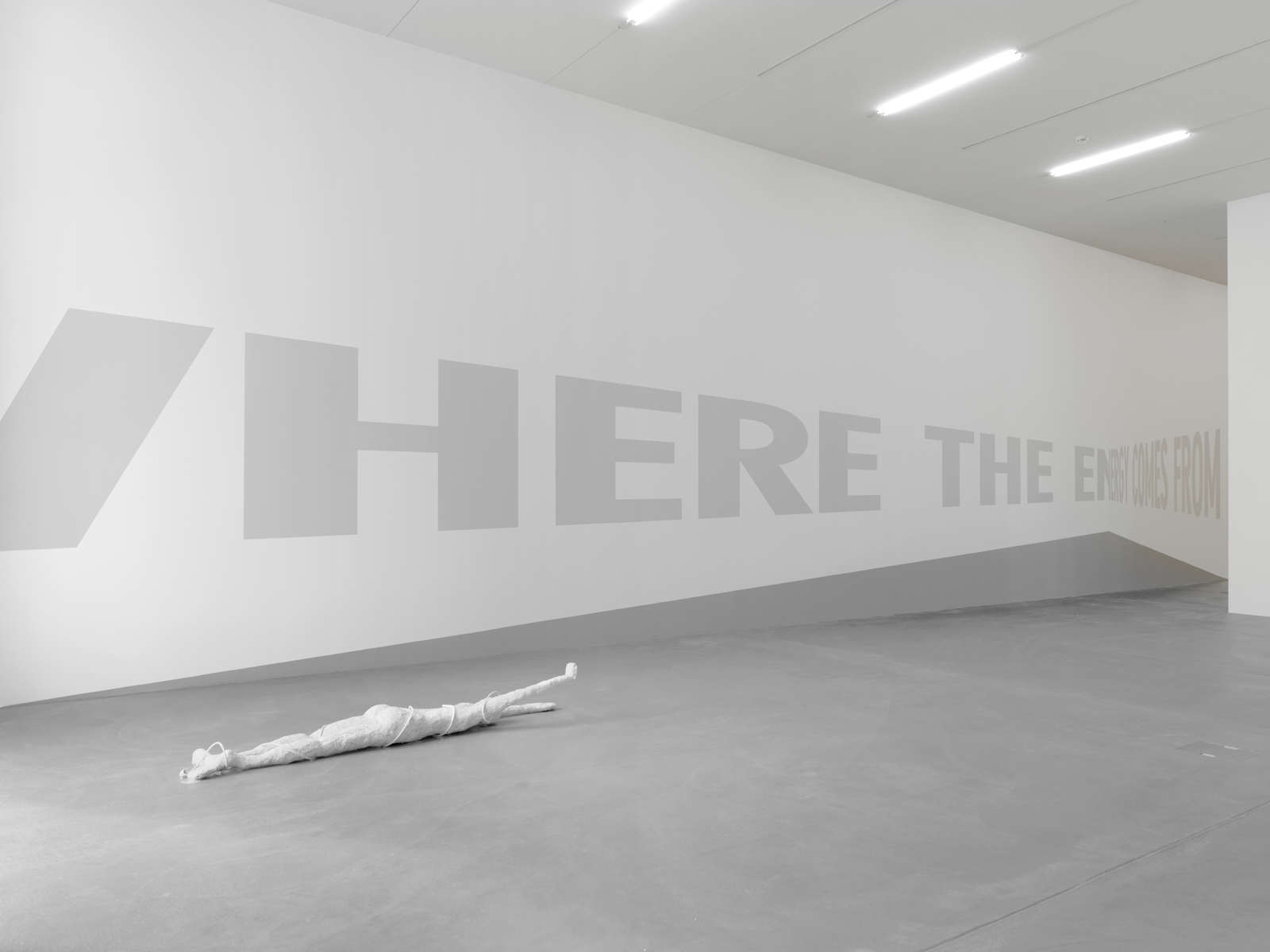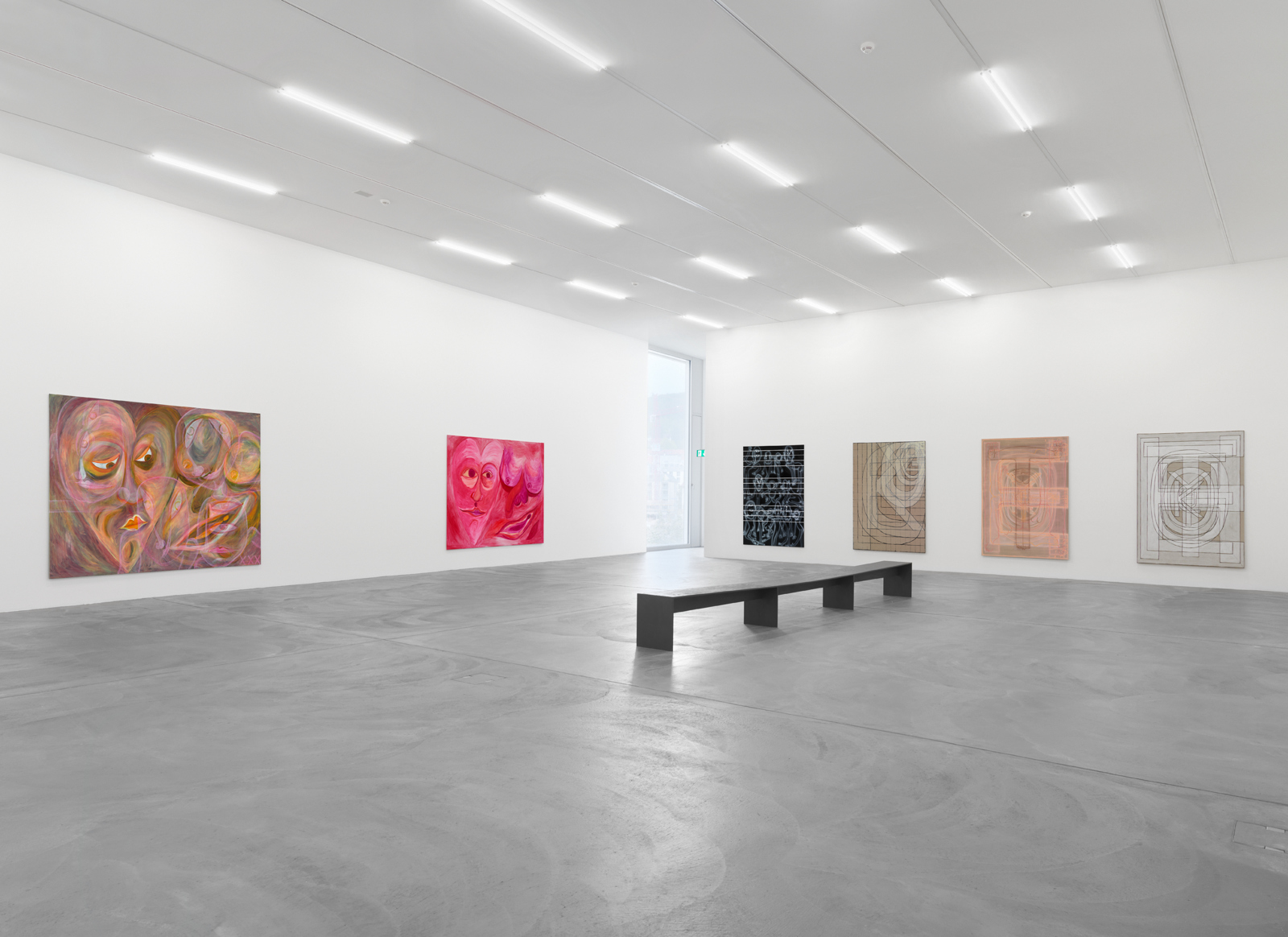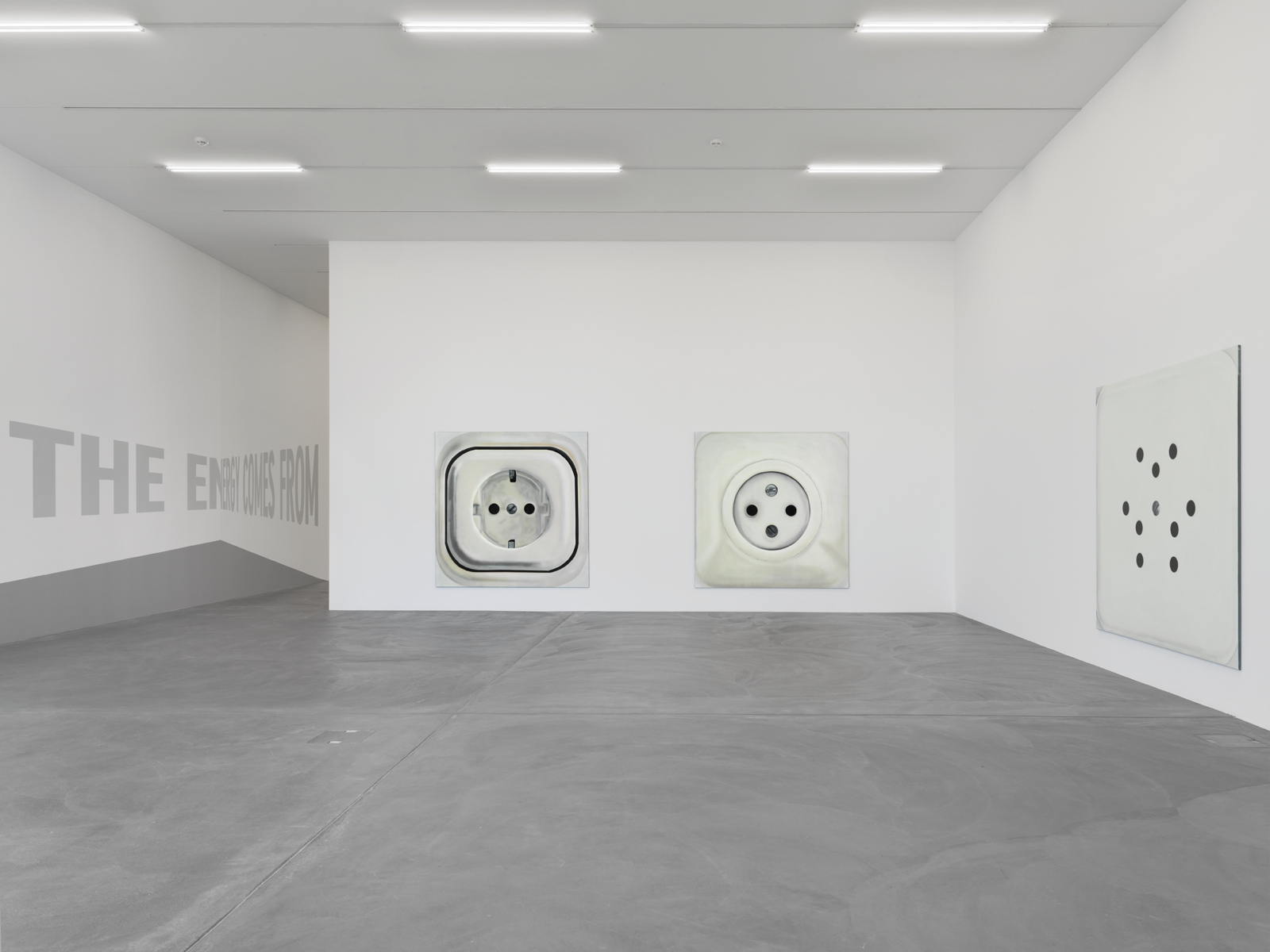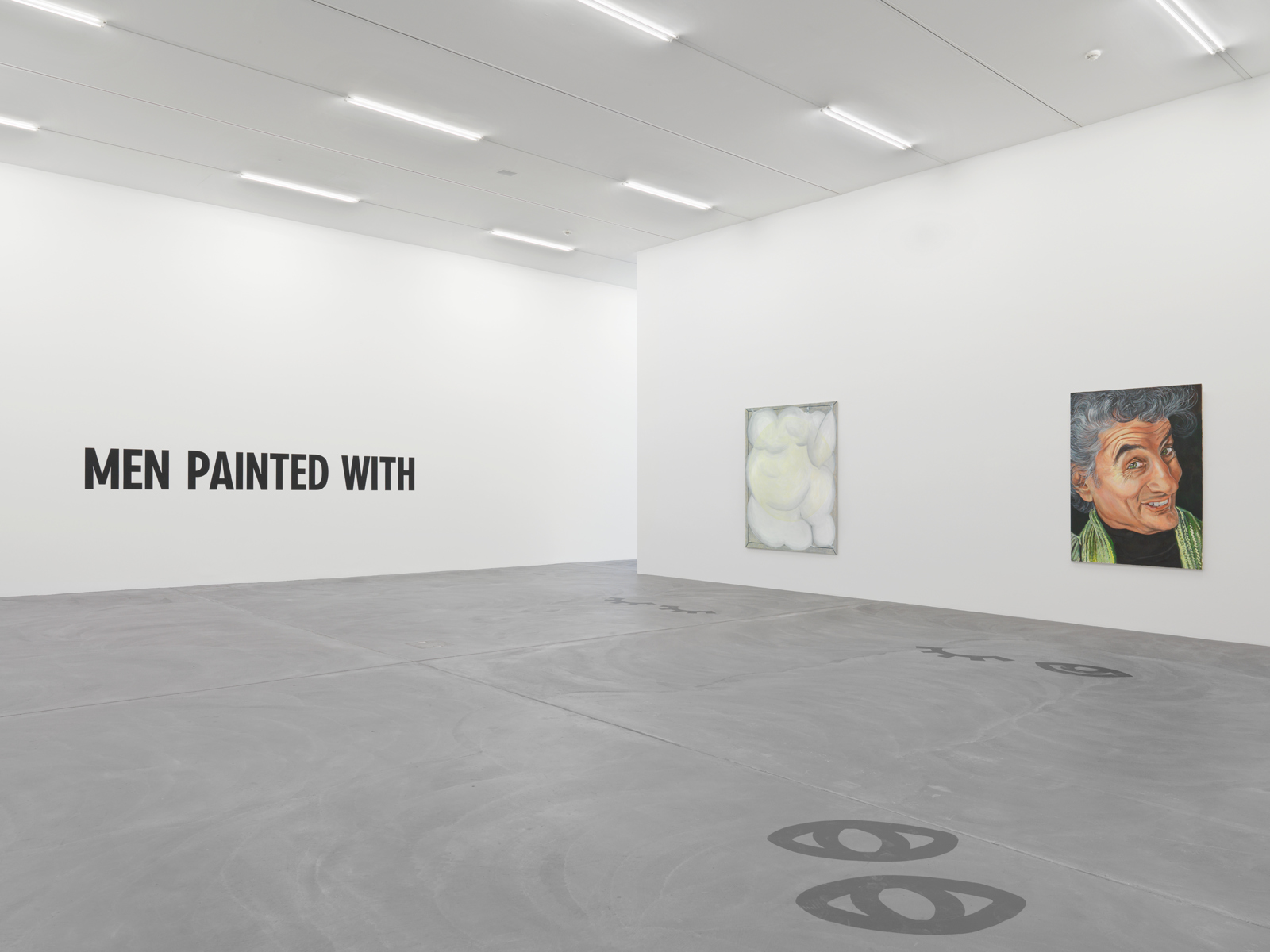Jana Euler
Where The Energy Comes From
Kunsthalle Zürich presents the first comprehensive institutional solo show by Jana Euler (born in Friedberg, Germany in 1982, lives and works in Brussels). The exhibition is entitled «Where the energy comes from» and comprises all new works created for this show. The exhibition is organised in collaboration with the Bonner Kunstverein, where the presentation will be on show from December 6, 2014 to February 22, 2015.
Jana Euler’s work encompasses a variety of artistic media, aesthetic decisions and discursive practices. Her paintings, sculptures and texts explore the possibilities of digital and analogue images and respond to our contemporary conditions of experience with optical, cognitive and sensual models and vehicles of reflection.
The real material and hyperreal states of objects and subjects carry equal weight in Euler’s works. Through their dynamic interplay in her works, figurative, abstract and surreal forms of representation shift our perception and the definition of reality and image. The figures in the artist’s paintings are simultaneously physis and bearers of wide-ranging social and cultural-historical relationships.
«Where the energy comes from» interweaves and activates the themes of corporeality, sensory and cognitive perceptions, the physical and communicative exchange of energy, and expressiveness and reflexivity to form an arc of tension extending across four spaces: the artist presented as a nude running up a staircase (a reference to Marcel Duchamp but also the reinvigoration of the old theme of the gaze onto the female body and, in this instance, the artist herself disappearing), a blushing ape, the large portrait of body-language trainer and expert Samy Molcho and additional male portraits, electric socket models from different European countries which firmly resist international standardisation, the Swiss mountains in fluorescent colouration and a group of works entitled Fuck you Goethe, which challenge the educated middle-class world view using adolescent language that recalls the German cinema box office hit of 2013 Fack yu Göthe.
Euler assigns different and changing artistic styles and formats to her themes and imaging – alternating between seriousness and downright silliness, this arises in the process between the painter and painting itself.
As the starting point and method for a complex series of paintings, which circle around the interaction between painter and painting, subject and object, feeling and linguistic reflection and the resulting theme of tension, the exhibition, which is presented in the upper storey of Kunsthalle Zürich, receives visitors with the work Nude climbing up the stairs (2014). The female nude figure shown climbing the stairs is a self-portrait. The image, which plays both linguistically and formally with the historical reference to Duchamp’s Nu descendant un Escalier (1912), inverts and twists themes from art history, re-asserts them and presents them in a new way. The stairs, the female nude, the evocation of familiar works and motifs are superimposed with the tautological repetition of the action of stair-climbing as experienced in the moment by the visitor, the linguistic collapse of exhibiting and showing, artistic self-use and objectivizable imaging. As a structurally open relationship between content and context, painter and viewer, subject and object, and the themes of the images themselves, this tension develops further in the exhibition’s second and largest room, in which the paintings from the Fuck you Goethe series are shown. In these works the formal elements of the first image are linked with colour elements of the images developed for the following spaces, and a game involving figuration, abstraction and misleading titling unfolds. Academicism versus freedom, seriousness versus intensity, readability versus expression, feeling versus knowledgeable reading and title versus image are developed as tension in this space – the visitors experience these images in a tense sitting pose on a bench that prevents them from sitting in a relaxed way. Language evokes through experience. The presence or evocation of linguistic presence culminates in the painting Analysemonster (2013). The painting uses elements borrowed from the body chart familiar from alternative medicine, on which each part of the body is presented in direct proportion to its therapeutic significance. Analysemonster follows a logic of perfect readability of every human body irrespective of its type – and the surrealism of this claim of representation. This excessive demand in terms of representation and the limits of the symbolical is continued in the works Talking about love in 3 different languages and Talking about love in 4 different languages (2014). Irrespective of how many languages an image uses or how complex they are, in the end, is it always only a feeling that speaks?
In the exhibition’s third space, the artist shows three paintings featuring schematically figurative highly oversized airbrush depictions of electric sockets from Germany, Belgium and Switzerland. All three sockets have the function of distributing energy and clearly demonstrate disqualification of international regulation – an anachronistic form of non-standardised, non-canonised processes with consequences that most of us have already experienced – despite all the technical and political developments, no adaptor, no power: failure. Pared back to an outline, point and line, the socket images evoke anthropomorphic and gender-specific associations. They prompt us to consider male and female characteristics but also the opening and closing of space precisely through this visual reduction to a few elements. These works bear the title of the exhibition, Where the energy comes from 1, 2, 3 (2014). However, in another activation of the tension between language, reality and processes of representation, the visual and linguistic representation of the energy flow turns to questions of spatial and social relationships (“I would like the verb ‘to socket’ to exist along with the possibility of a manifesto for vulnerability.” Jana Euler) – and head-over-heels to the modes of action of painting itself: An expressive Swiss landscape pushed to the extreme in terms of colouration allows both the power of the colours and the loaded history of the numerous utopian and esoteric groups that have retreated into the mountain world of Switzerland to come alive psycho-geographically. In the painting Human size (2014), an oversized ape is presented deep in contemplation of a plant held in its hands. The painting reacts to this clichéd presentation of humanised animalism with a gesture of abstraction and shows both the hairy ape and the picture itself blushing – exactly there where it happens with us as humans too.
In another act of linguistic and visual bridging, the exhibition’s final space presents three portraits of men. Tellingly, one of them shows the master of non-verbal body language Samy Molcho. Men painted with no eyes (projection), Men painted with one eye (the confident man) and Men painted with two eyes (Leif) (2014) differ in terms of the number of dimensions (imagined, in person in the studio, or as an image in a book) and the duration for which the model was present during the creation of the portrait – and thus mainly concern the relationship of the painter to the painting and the process of painting itself. As the visitors follow the route to the exit, they encounter it again, the self-portrait of the painter disappearing up the stairs with wit and energy.






